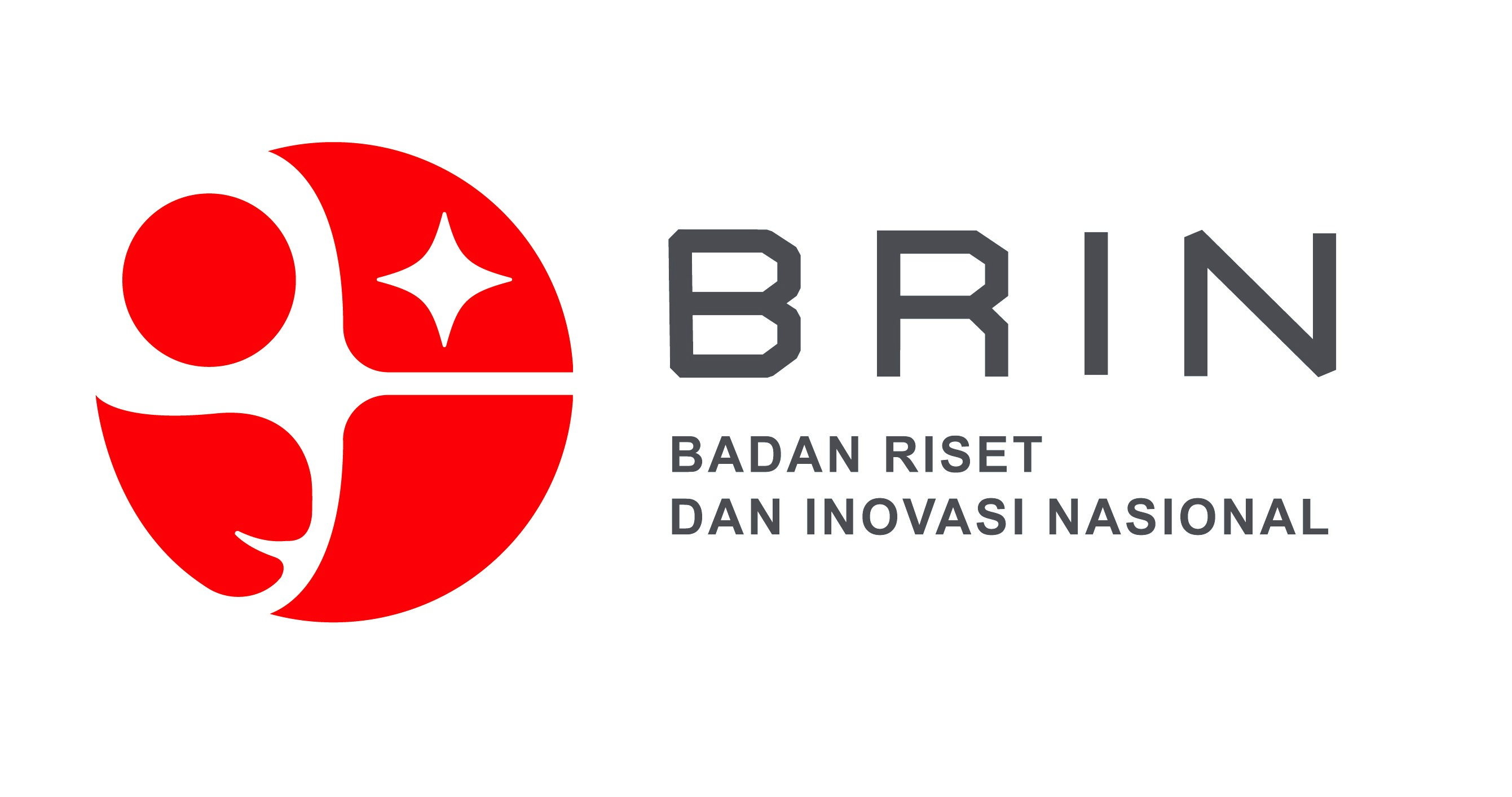Hubungan Tingkatan Berat Merokok (Indeks Brinkman) dan Kejadian Kanker Paru
Keywords:
Lung cancer, Brinkman Index, Smoke, smoker, Benzo (a) Pyren (BaP)Abstract
Background: The incidence of lung cancer continues to increase every year. Indonesia ranks third after China and India with an incidence of 25,322 cases in. Data obtained that 90.4% of lung cancer patients are smokers. A smoker has a 10 times greater risk of developing lung cancer than non-smokers.
Objective: This study aims to determine the relationship between the Brinkman Index and the incidence of lung cancer.
Method :The unmatching case and cotrol study was performed from October 2016 until February 2017. Sampel was collected from 36 male lung cancer patient at RSUP. H. Adam Malik Medan and 35 male healthy smokers. Data obtained from respondents directly through questionnaire writing.
Result : Brinkman index in the heavy category was most often found in the group of lung cancer patients at 83.3%. In the case group the most common category of brinkman index was 54.3%. Significant differences were found in the Brinkman index of the case and control groups (P <0.005)
Conclusion: there is a significant relationship between the Brinkman index and incidence of lung cancer.
References
GLOBONCAN. Section of Cancer Surveillance, 2012
[IARC] International Agency for Research on Cancer. Cancer Research UK, 2014
Melindawati, Br.G. Karakteristik Penderita Kanker Paru Rawat Inap di RSUP H. Adam Malik Medan Tahun 2004-2008 [tesis]. Universitas Sumatera Utara. 2009.
Soeroso NN, Soeroso L, Syafiuddin T. Kadar Carcino embryogenic Antigen (CEA) Serum Penderita Kanker Paru Karsinoma Bukan Sel Kecil di RSUP Adam Malik. Jurnal Respirologi Indonesia 2014; 34:17-25.
Danaei G. Causes of cancer in the world: comparative risk assessment of nine behavioural and environmental risk factors. Lancet 2005; 366:1784-93.
Goldman R, Enewold L, Pellizzari E, Beach JB, Bowman ED, Krishnan SS, et al. Smoking Increases Carcinogenic Polycyclic Aromatic Hydrocarbons in Human Lung Tissue. Cancer research 2001; 61: 6367-6371
Moorthy B, Chu C, Carlin DJ. Polycyclic Aromatic Hydrocarbons: From Metabolismto Lung Cancer.. TOXICOLOGICAL SCIENCES 2015, 145: 5–15
Pfeifer GP, Besaratinia A. Mutational spectra of human cancer. Hum. Genet 2009; 125: 493–506
Hulma MA, Basyar M, Mulyani H. Hubungan Karakteristik Penderita dengan Gambaran Sitopatologi pada Kasus Karsinoma Paru yang Dirawat di RSUP Dr. M. Djamil Padang. Jurnal Kesehatan Andalas 2014; 3:196-201
Hoffmann D, Hoffmann I. The changingcigarette, 1950-1995. J Toxicol Environ Health 1997; 50:307–64.
Reid BC, Ghazarian AA, DeMarini DM, Sapkota A, Jack D, Lan Q et al.. Research opportunities for cancer associated with indoor air pollution from solid-fuel combustion. Environ. Health Perspect 2012; 120: 1495–1498.










